My Grandfather During World War II !! Unbelievable adversities and excursions on American soil and behind enemy lines!!
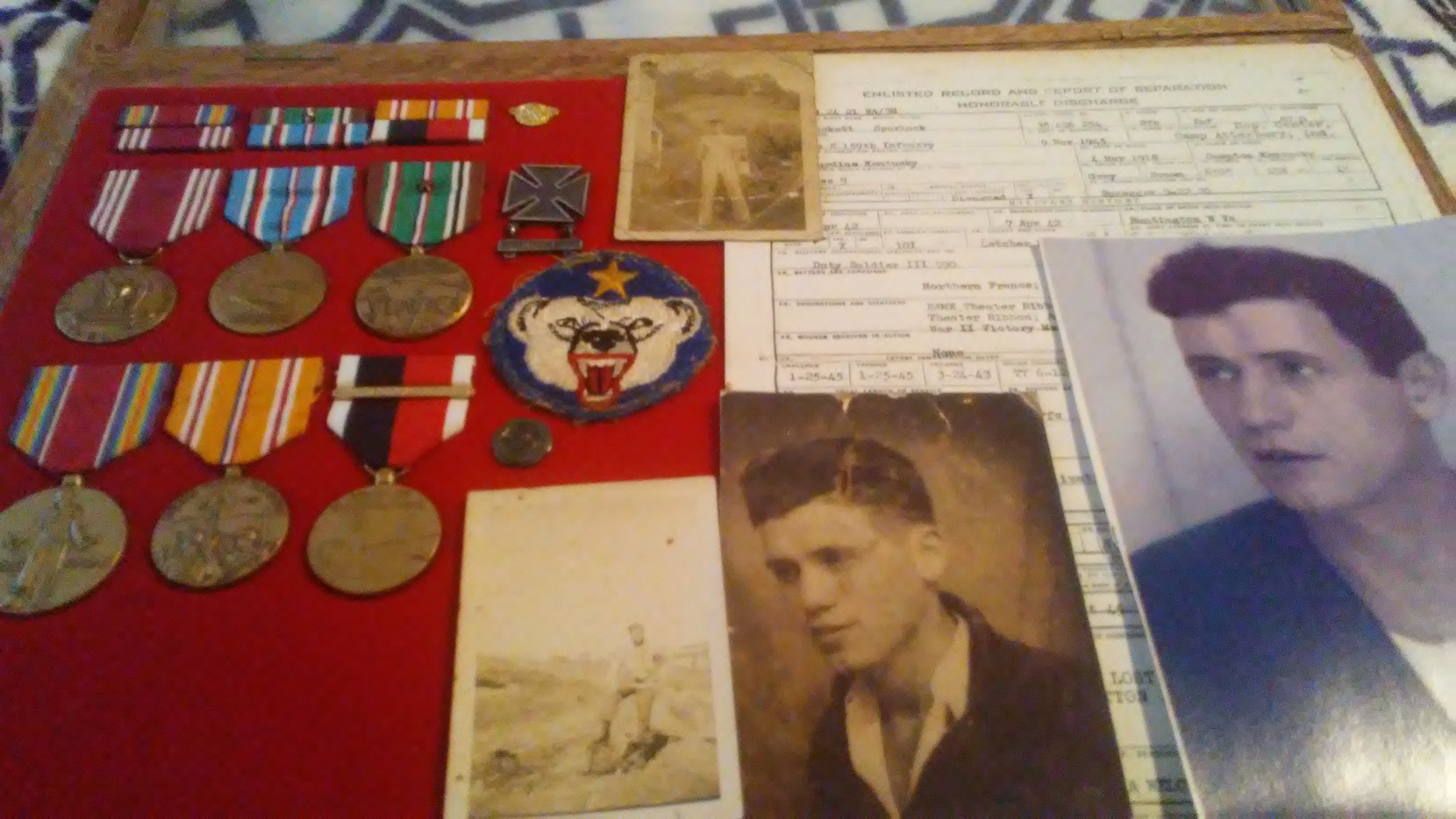
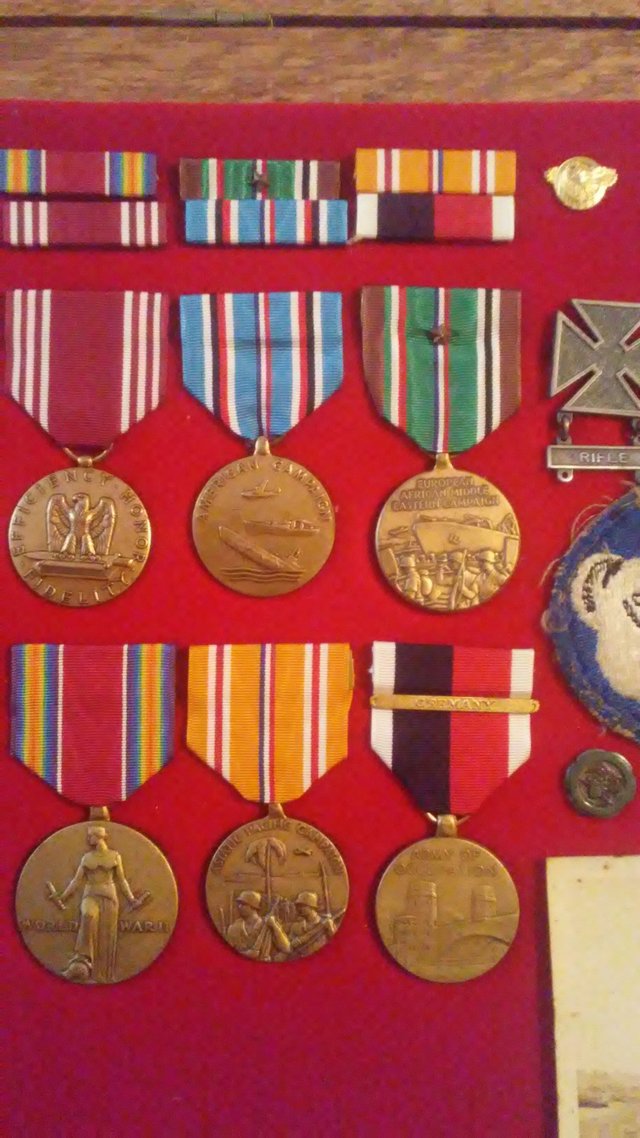
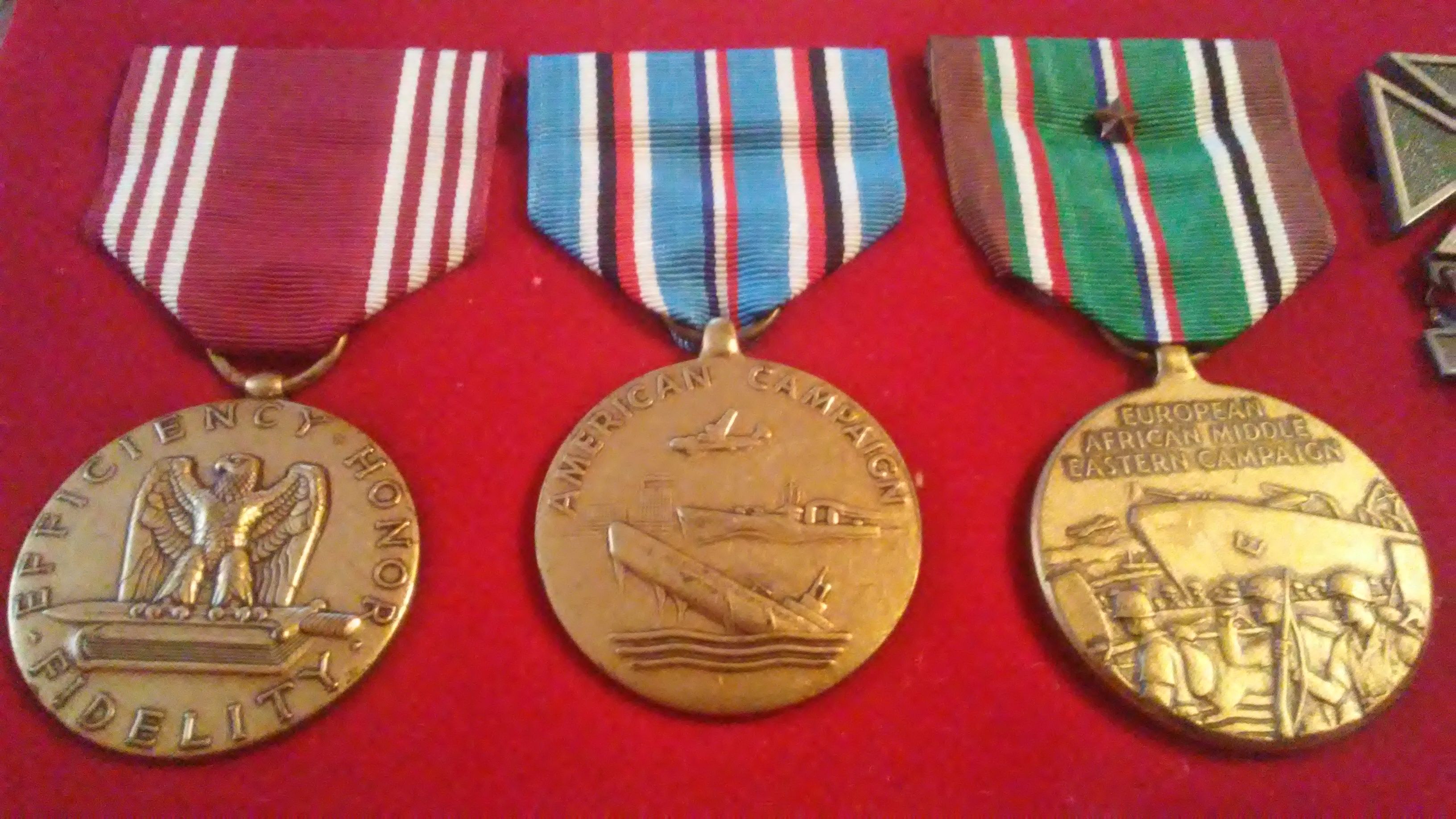
"Assault on Attu Island"
Apart of the Aletutian islands began the battle of Attu and my grandfathers infantry division had originally trained in the Mojave desert for the African theater in which today we call (tour of duty) as a motorized infantry, but the Japanese resistance had gained a foot hold on American soil on the island of Attu, so they were switched to a light infantry to go in the cold winter tundra of the Aleutian islands and take it back. The fight for the island culminated in a battle of Chicagof Harbor when the infantry destroyed all of the Japanese resistance on the 29th of May, after a suicidal bayonet charge. During the fight 600 soldiers of the division were killed, while killing 2,351 Japanese and taking 28 prisoners.
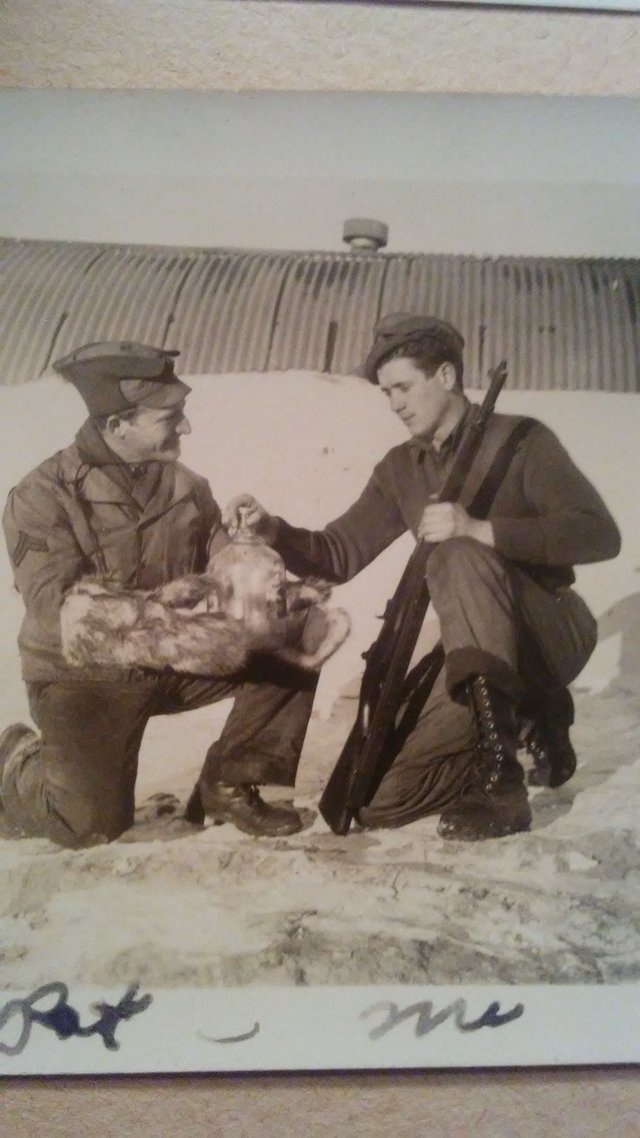
According to "Order of Battle: US Army World War II" by Shelby Stanton, the 159th was relieved from the 7th Infantry Division on 23 August 1943 and assigned to the Alaskan Department, and it departed Attu on 9 August 1944. Arriving at the Seattle Port of Embarkation eleven days later, it was transferred to Camp Swift, Texas on 28 August 1944. It moved to Camp Callan, California, on 20 December 1944 before returning to Camp Swift on 28 January 1945. The regiment staged at Camp Kilmer, New Jersey on 27 February 1945 before departing from the New York Port of Embarkation on 7 March 1945. It arrived in France eleven days later and was attached to the 106th Infantry Division. As part of the 106th, it entered Germany on 25 April 1945
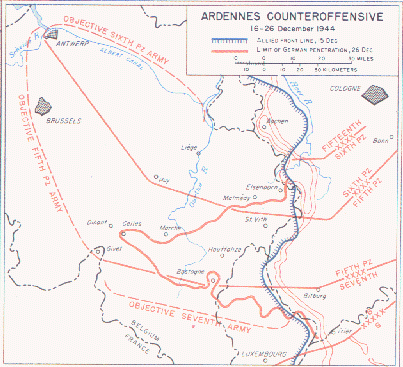
"Battle of the Bulge"
The 106th Infantry Division arrived in England, 17 November 1944, and trained briefly, then moved to France, 6 December. It relieved the 2d Infantry Division in the Schnee Eifel on the 11th. The Von Rundstedt attack was thrown in force at the 106th on 16 December. The 422d and 423d Infantry Regiments were encircled and cut off from the remainder of the Division by a junction of enemy forces in the vicinity of Schonberg. They regrouped for a counterattack but were blocked by the enemy and lost to the Division, 18 December. The rest of the Division withdrew from St. Vith on the 21st under constant enemy fire and pulled back over the Saint River at Vielsalm, 23 December. On the 24th, the 424th Regiment attached to the 7th Armored Division fought a delaying action at Manhay until ordered to an assembly area. From 25 December 1944 to 9 January 1945, the Division received reinforcements and supplies at Anthisnes, Belgium, and returned to the struggle, securing objectives along the Ennal-Logbierme line on the 15th after heavy fighting. After being pinched out by advancing divisions, the 106th assembled at Stavelot on the 18th for rehabilitation and training. It moved to the vicinity of Hunningen, 7 February, for de-fensive patrols and training. In March, the 424th advanced along tile high ground between Berk and the Simmer River and was again pinched out at Olds on the 7th. A period of training and patrolling followed until 15 March when the Division moved to St. Quentin for rehabilitation and the reconstruction of lost units. For the remainder of its stay in Europe, the 106th handled prisoners of war enclosures and engaged in occupational duties.
"106th"
Activated: 15 March 1943.
Overseas: 10 November 1944.
Campaigns: Northern France, Rhineland, Ardennes-Alsace.
Days of combat: 63.
Distinguished Unit Citations: 1.
Awards: DSC-6 ; DSM-1; SS-77; LM-9; SM-26 ; BSM-352 ; AM-10.
Commanders:
-Maj. Gen. Alan W. Jones (15 March 1943-22 December 1944)
-Brig. Gen. Herbert T. Perrin (22 December 1944-8 February 1945)
-Maj. GenDonald A. Stroh (February 1945-August 1945)
-Brig. Gen. Francis A. Woolfley (August 1945 to inactivation).
Returned to U. S.: 1 October 1945.
Inactivated: 2 October 1945.
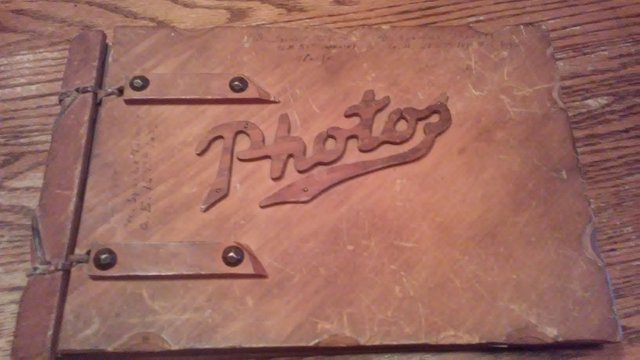
- This unique photo album was made for my grandfather before his departure from the Aleutian islands, and within this photo album I found a few rare photo's
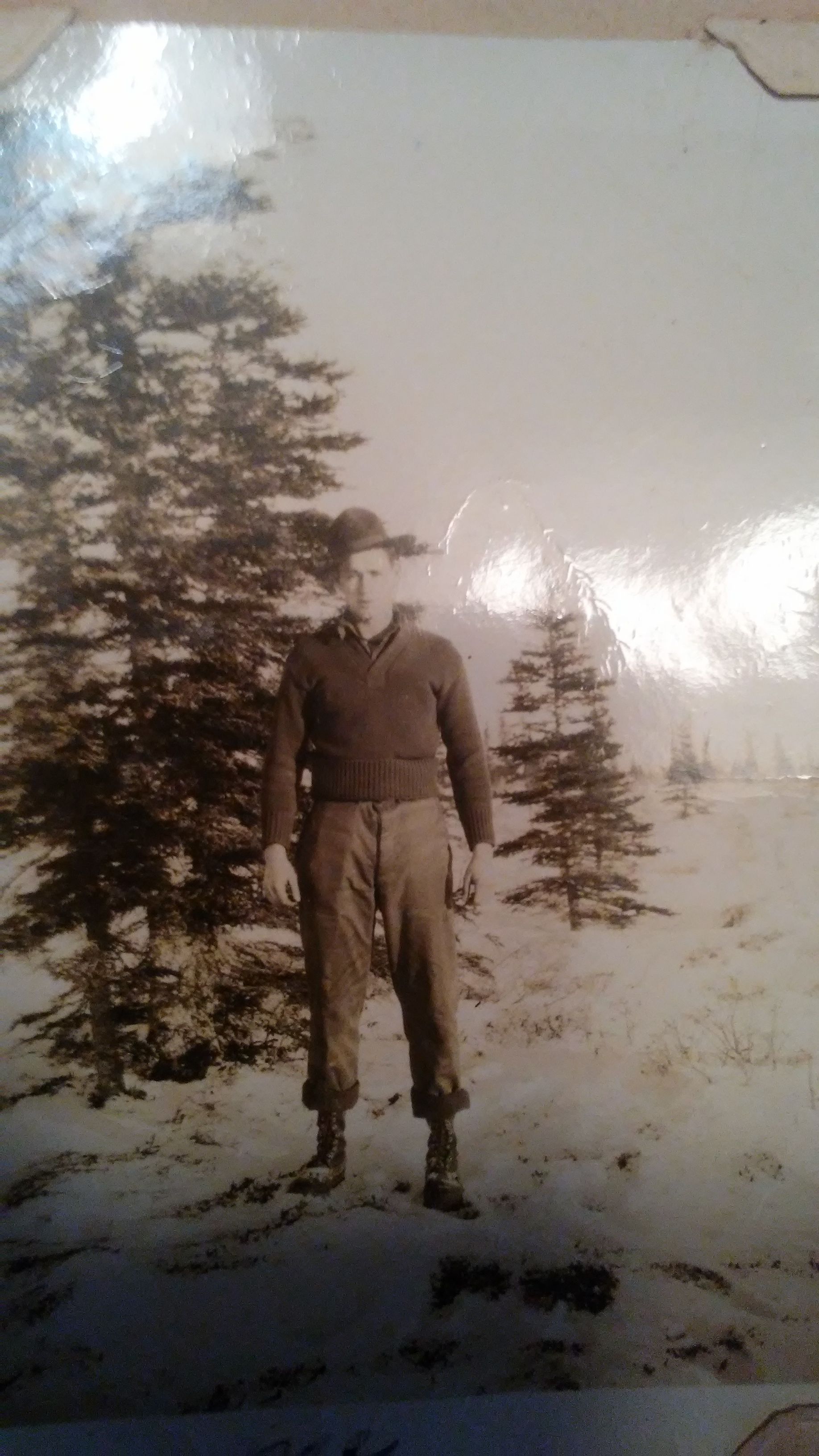
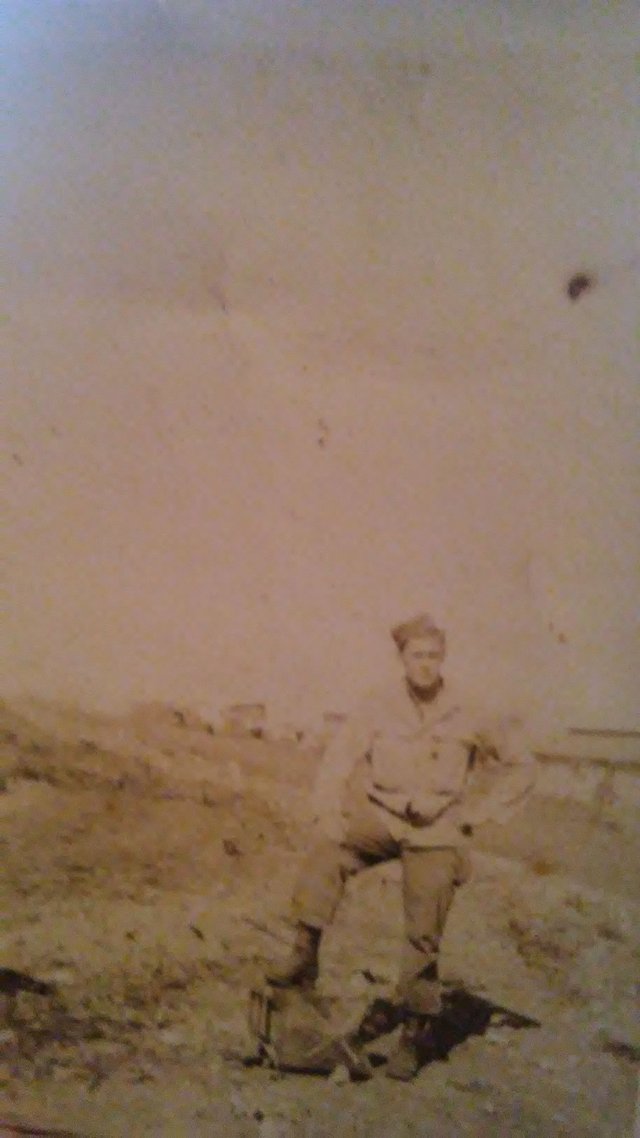
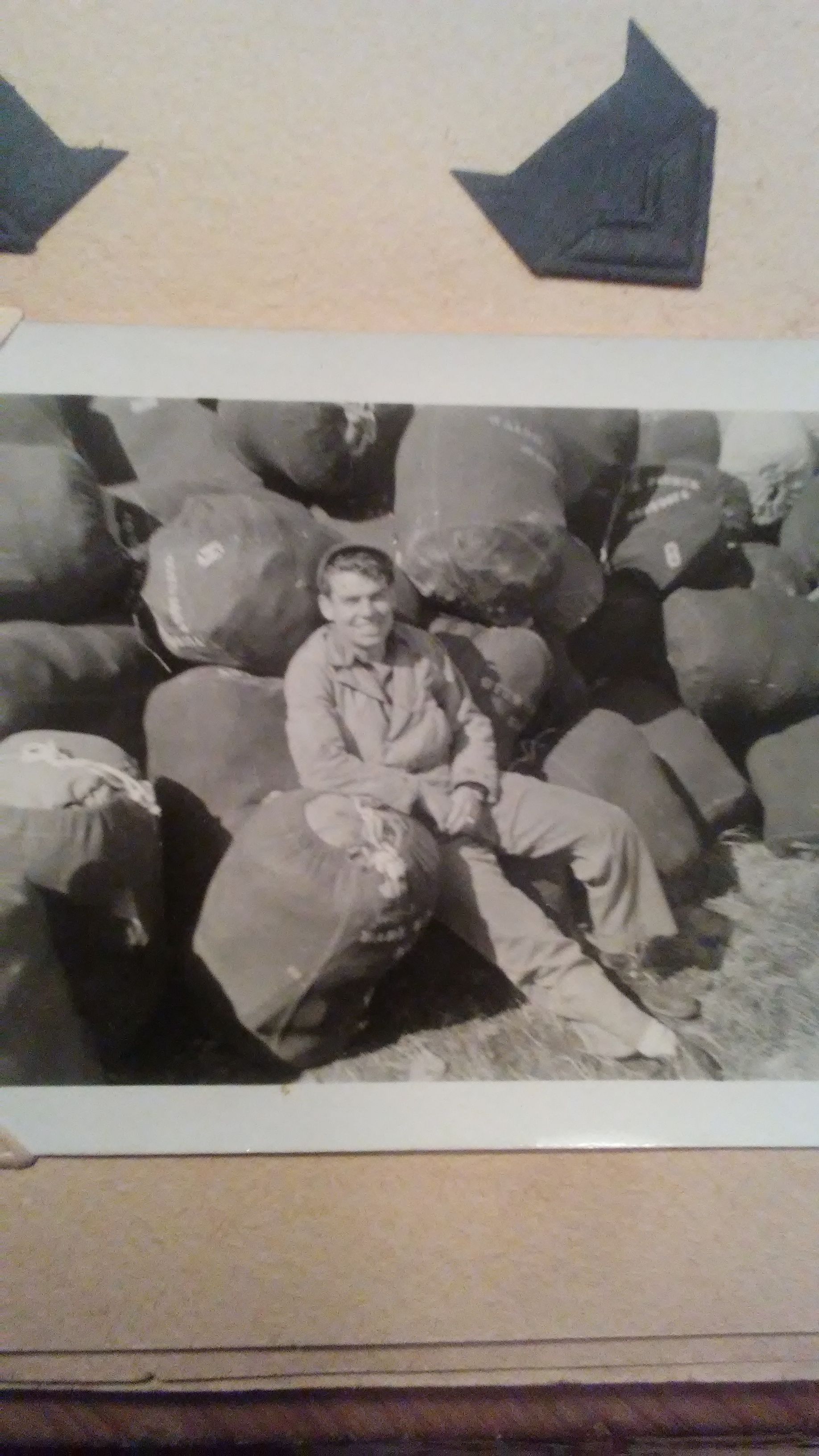

- Army Good Conduct Medal. Instituted: 1941 Criteria: Exemplary conduct, efficiency and fidelity during three years of active enlisted service with the U.S. Army (1 Year during wartime) The Air Force used the Army Good Conduct Medal until they instituted their own in 1963. Bronze or silver knots (or loops) are used to represent the total number of times that this award was given to an individual. For example, 2 bronze knots represents 2 awards, 3 bronze knots represents 3 awards, etc. One silver knot represents 6 awards, 2 silver knots represents 7 awards, etc.

- Asiatic Pacific Campaign Medal. Instituted: 1942 Qualifying Dates: 7 Dec 1941 - 2 Mar 1946 Criteria: Service in the Asiatic-Pacific theater for 30 days or receipt of any combat decoration. Medal was not awarded until 1947 when General Douglas MacArthur received the first one.

- American Campaign Medal. Instituted: 1942 Qualifying Dates: 6 Nov 1942 to 15 Mar 1946 Criteria: Service outside the U.S. in the American theater for 30 days or within the continental US for one year.

- World War II Victory Medal. Instituted: 1945 Qualifying Dates: 1941-46 Criteria: Awarded for service in US Armed Forces between 1941 and 1946. If a veteran served at least 1 day prior to 31 December 1946, he/she is eligible for this award. (Note- a bronze star attachment was often affixed to denote that the award was for service in combat)

- Army Occupation Medal. Instituted: 1946 Qualifying Dates: 1945-55 (Berlin: 1945-90) Criteria: 30 consecutive days of service in occupied territories of former enemies during above periods. Germany and Japan bar attachments are allowed on medals only. They are not authorized by regulation to be worn on the ribbon bar. JAPAN and GERMANY BARS designate area of occupation. Areas of Occupation are: Germany (excluding Berlin) between 9 May 1945 and 5 May 1955; Austria between 9 May 1945 and 27 July 1955; Berlin between 9 May 1945 and 2 October 1990; Italy between 9 May 1945 and 15 September 1947 in the compartment of Venezia Giulia E. Zara or Province of Udine, or with a unit in Italy designated in DA General Order 4, 1947; Japan between 3 September 1945 and 27 April 1952 in the four main islands of Hokkaido, Honshu, Shikoku and Kyushu; the surrounding smaller islands of the Japanese homeland; the Ryukyu Islands; and the Bonin-Volcano Islands; Korea between 3 September 1945 and 29 June 1949.

- Europe-Africa-Middle East Campaign Medal. Instituted: 1942 Qualifying Dates: 7 Dec 1941 - 8 Nov 1945 Criteria: Service in the European - African - Middle Eastern theater for 30 days or receipt of any combat decoration. Medal was not awarded until 1947 when General Dwight D. Eisenhower received the first one.
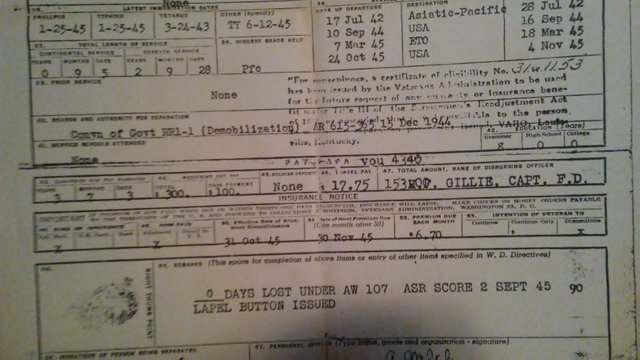
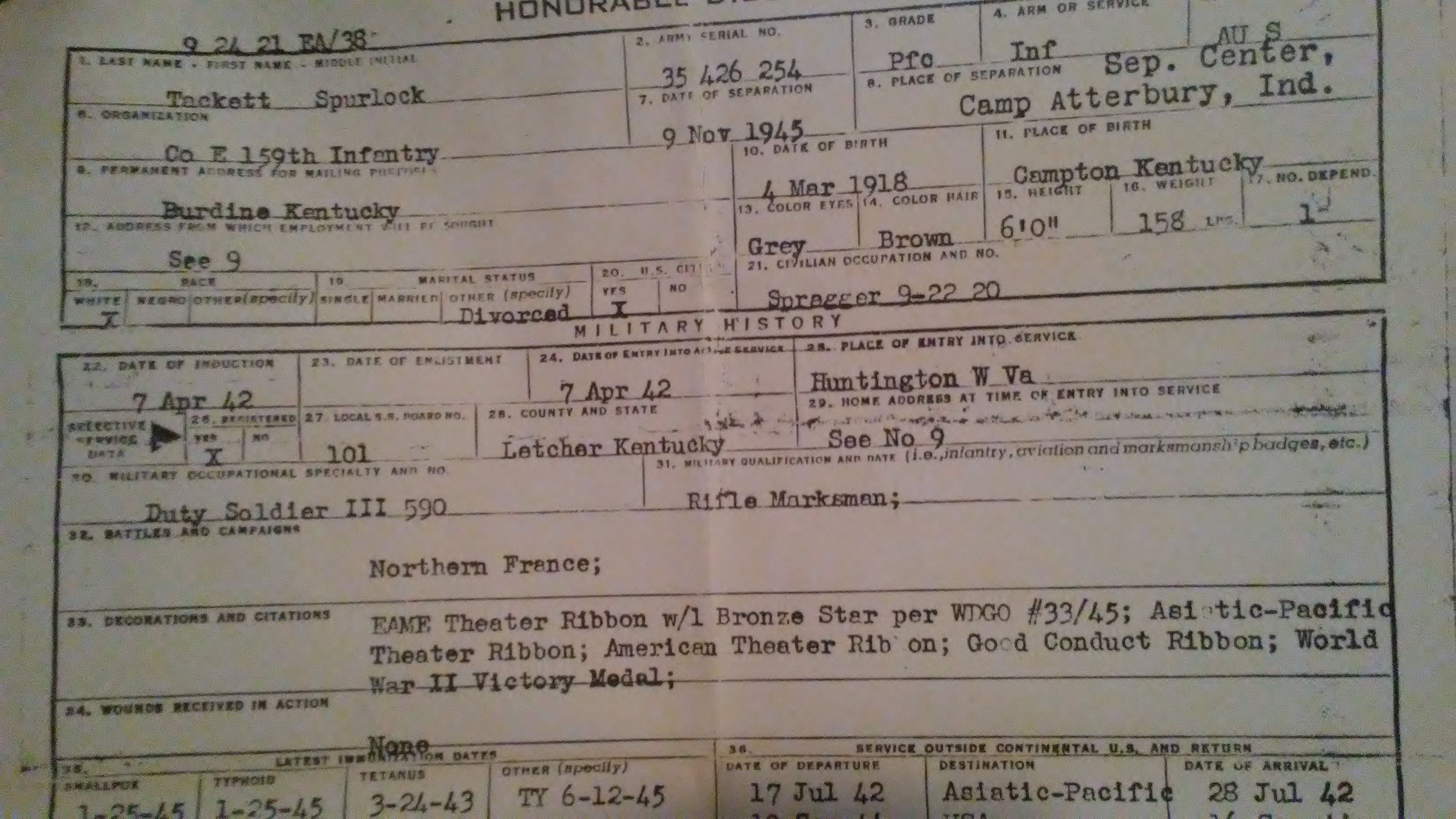
For more great content !:
@matt-a, @robrigo, @kotturinn, @tommyinthesun, @intrepidthinker, @broester, @sid-the-kid, @madscientistx13, @cavalry , @pmill, @funkymunky20000, @joeysays, @amille, @forester-joe, @robomode, @jaredlang, @nicolelang
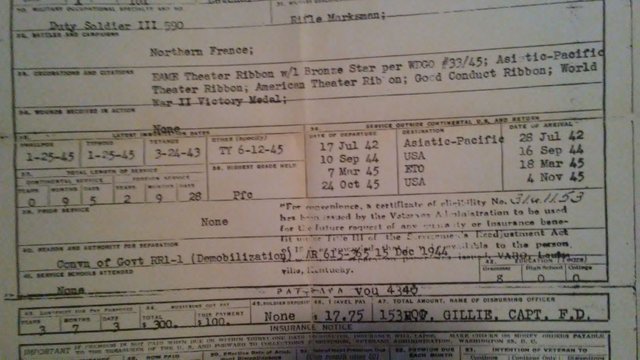
Its so interesting to see you acknowledging your forefathers. Though, I could never wrap my head around medals and titles. My brother is so adept at identifying these things and he gets frustrated when I call a gun a gun. He's like no this is this and that calibre, this year, so many rounds. XD. I dont care at least I can identify cats. Thats all i need
It took some research on the medals and even where all he went , he passed away shortly before I was born due to cancer,and I heard so many story's and how great of a man he was my whole life ...so I guess in a way it was my way of getting to know him better 😊
Theres a certain kind of bittersweet sadness in the remembrance of those long gone. My grandmother used to tell me a whole lot of stories. After she passed away i found i couldnt get them out of my head. In a way she had transmitted her memories onto me; I was her,in another time and age with differing circumstances. Also, idk why i really actually like your posts. Keep posting :)
Man, I get he was your papaw but dang that resemblance is really something. Them some dominant genes for sure. Really great content brotha I liked looking at how you laid out the campaign medals. I’m with you, I wish I would’ve taken in more from my childhood about the stories of the past. Glad you were able to find this photo album that gave you better insight into your grandfathers life.
That means a lot brother! and yeah I do take quit a bit from him, I made another post in my early steemit days about "Blind Boy Fuller" the godfather of the blues who taught my grandfather how to play the guitar, My grandfather was an iconic man of his time.
I always loved to here my uncles war storys from WW2, and to see all there medals and the maps of where they had been. And they were only teenagers most of them when they inlisted.
I know right !? Its so awesome ! I truly wish I had listened more to my uncles when I was younger about some of the things my grandfather did, I can barely remember the stories they would tell that my grandfather seldom spoke of . I do know he was also shot down in a glider over Italy and he had a brother that fought in the Omaha and Normandy invasion.
I remember the stories my uncles used to tell me about, but i always knew there was a few they didnt want to share.